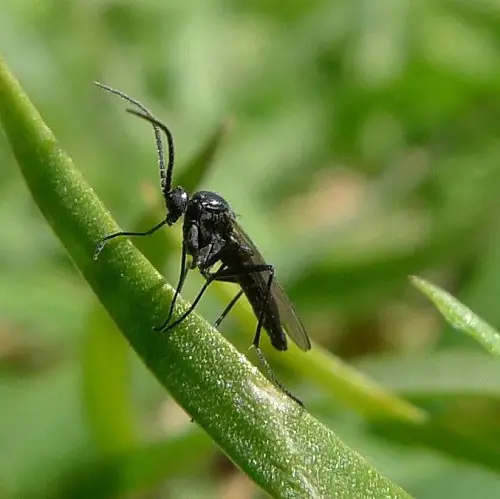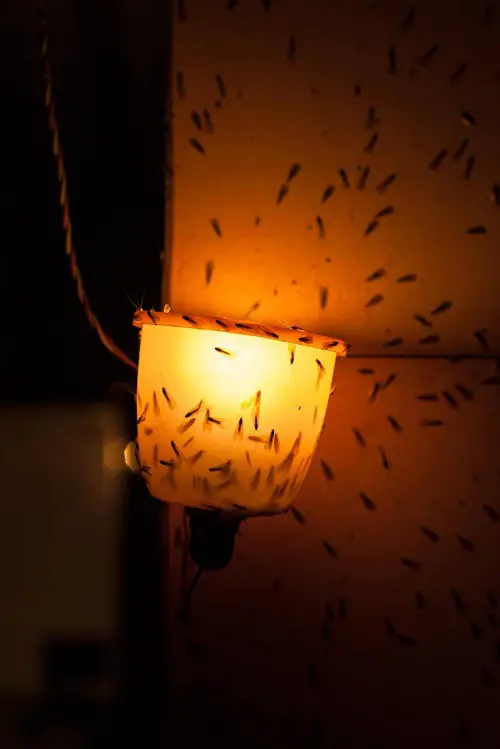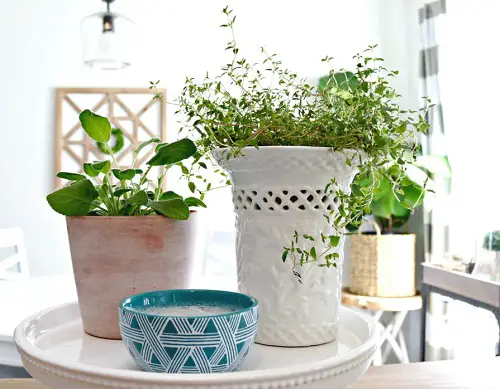Not sure Where Do Gnats Come From? Well, we will tell you all about it along with how to keep them away for good!
From kitchen counters to potted plants, gnats can be anywhere and can become quite a nuisance if you will not take care of them. We’ll tell you how to get rid of them, once and for all!
What are Gnats?
Gnats are tiny pests with slender bodies and long antennae. While most of them are quite harmless for the garden plants and pose no threat, fungus gnats can be a problem to humans, pests, and plants alike.
Where Do Gnats Come From?
Well they can come from anywhere as long as you have an open ground to feed them. Any spot that has organic matter will attract them like a magnet. Areas like damp soil, compost piles, garbage cans, decaying plant matter, and stagnant water sources are their favourites.
What Attracts Gnats?
1. Moisture
Gnats just can stay away from moisture or places that have high humidity. These conditions act like a perfect breeding ground for their eggs to thrive.
2. Organic Matter
If you are an open garbage can that has slices or peels of fruits and vegetables, well, the gnats will come for them. Make sure you cover these always.
3. Poor Sanitation
Dirty dishes in the sink that are lying in water, or any area that has trapped moisture will attract gnats like there’s no tomorrow!
4. Warmth and Light
These insects are drawn to space that have warm, yellow lights. Gnats seek heat, especially in cold environments so make sure the lit areas have mesh.
5. Fungal Growth
Fungus gnats, the real problems, are attracted to damp soil. If you have a habit of overwatering your plants, it can promote fungal growth, which will ultimately attract these pests.
6. Pet Waste
Make sure the urine and faces of your cats and dogs are properly taken care of, Their odour can attract gnats, too.
How to Get Rid of Gnats?
1. Eliminate Moisture Sources
Have a leaking tap in the house? Get it fixed. Have a faulty sink? Get it repaired. Open moisture spots are a struct no when it comes to gnats.
2. Clean Up Food
Keep the kitchen clean and make sure the garbage cans are properly shut. Also, do not litter food around, especially kitchen scraps.
3. Use Vinegar Traps
Make vinegar traps by filling small bowls or jars with apple cider vinegar and a few drops of dish soap. Gnats will come and get trapped.
4. Grow Natural Predators
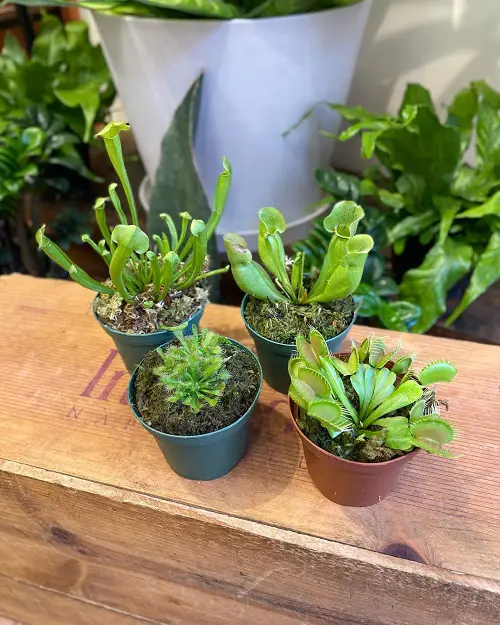
Grow carnivorous plants like sundews, venus fly traps, or pitcher plants. They would love to trap and feed on gnats!
5. Seal Entry Points
Look for any cracks or gaps in the door or windows and seal them off. Good weather stripping and caulking is essential to keep these pests from entering the house.
6. Maintain Indoor Plants
Avoid overwatering indoor plants, and keep them pruned and tidy at all times. It is essential that you allow the topsoil to dry out between waterings to eliminate the chances of any fungal growth.
7. Use Sticky Traps
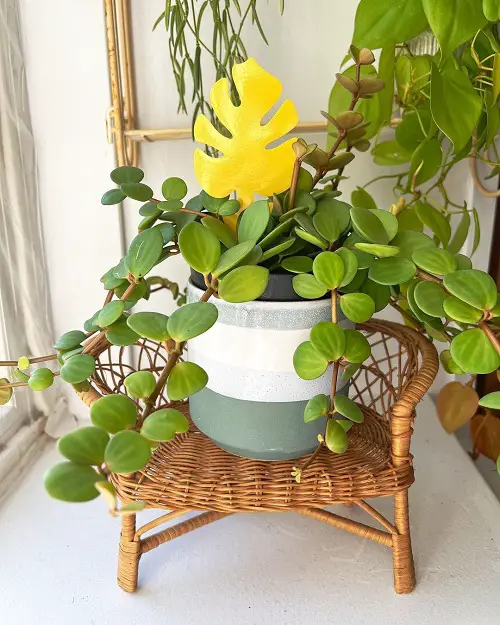
Place sticky traps where gnats are most active, such as near windows, houseplants, or outdoor seating areas.
8. Vacuum Regularly
Keep the rugs, carpets, and furniture properly vacuumed. This will suck away the eggs and gnats hiding in those places.


